
Cassava Yield and Productivity
October 1, 2023, 3:22 pm
Among the world’s major staple food crops, cassava yield is well-known for its ability to produce reasonable yields on poor soils, in areas with low or erratic rainfall, and without agrochemicals and other external inputs.
Cassava Yield and Productivity
Those “hardy” traits have made cassava highly suitable for low-input, small-scale agriculture, while its inherent potentials have placed it among the crops most suitable for resource-poor farming in the tropics and neotropics under 21st century climate change scenarios.
Cassava Productivity
However, cassava’s full potential will not be realized until some critical production constraints are mitigated in higher-yielding, well-adapted varieties. For example, cassava is susceptible to waterlogging, to low temperatures at high elevations, and to a wide spectrum of mutable pests and diseases that can seriously affect yields. Climate change models indicate that it will be affected more by biotic constraints than drought and high temperatures.
Cassava Yield
With the growing importance worldwide of cassava as a source of food, animal feed and industrial feedstock, there is increasing demand for cultivars with specific characteristics and adaptation to different ecologies. Niche varieties need to be developed and deployed to cater to increasingly diverse and competing end uses. In Africa, new varieties will be needed as cultivation expands into dry savannah, semi-arid and subtropical zones and the shift towards market-oriented production accelerates.
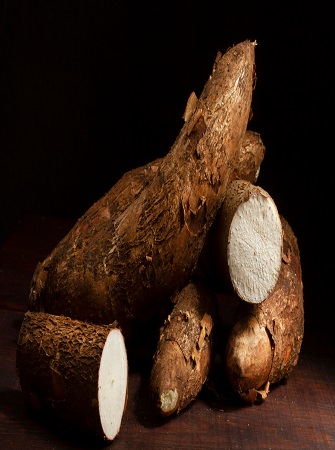
The system that will provide high-yielding and adapted cassava varieties to smallholders has three parts: genetic resources conservation and distribution, variety development, and the production and delivery to farmers of high quality, healthy planting material
Conserving the Cassava Genepool
The genus Manihot consists of the cultivated species, Manihot esculenta, and – depending on the taxonomic classification used– from 70 to 100 wild species4. Both wild relatives and traditional cultivars, or landraces, developed by farmers over centuries are the primary sources of genes and gene combinations for new varieties.
In the early 1970s, CIAT launched a major initiative to collect and conserve cassava landraces. Today, CIAT’s collection at Cali, in Colombia, is the world’s largest, containing about 5,500 landrace accessions. The collection is maintained in a tissue culture laboratory, and a back-up in vitro collection is held at the International Potato Center in Lima.
The International Institute of Tropical Agriculture (IITA) in Ibadan, Nigeria, also has an important cassava genebank of some 2 800 accessions, collected mainly in West Africa. The largest national collection, of 2,900 accessions, is held by the Brazilian Agricultural Research Corporation. Other major collections, totalling 7,200 accessions, are held by Benin, India, Indonesia, Malawi, Nigeria, Thailand, Togo and Uganda.
Breeding Improved Cassava Varieties
The CIAT breeding programme has released clones with better resistance to cassava bacterial blight, super-elongation disease, white flies and thrips, and tolerance to root rot caused by Phytophthora water moulds. It has also developed cold-tolerant varieties that produce well in areas up to 1,800 m above sea level, such as the tropical Andes and the East African highlands, and works with national programmes to develop varieties adapted to the seasonally cool subtropics of China, Brazil and Paraguay.
More than half a million sexual seeds produced by CIAT have been distributed to national breeding programmes in Asia, which use them to make selections or to cross the best selections with their own promising lines. At least 50 improved varieties containing some Latin American germplasm supplied by CIAT have been released in Asia. Cassava roots are conical, cylindrical or irregular, and coloured cream, yellow and light to dark brown
Research at both CIAT and IITA has also focused on improving the nutritional value of cassava by increasing its vitamin A, iron and zinc content. Through breeding, scientists have been able to double the content of carotenoids, a precursor of vitamin A, in cassava roots. Cassava biofortified with vitamin A has been released in several countries, including the Democratic Republic of the Congo and Nigeria
Planting Cassava Material
The use of high quality planting materials that maintain genetic purity and are free of diseases and pathogens is crucial in cassava production. With vegetatively propagated crops, diseases and pests can build up over several generations of propagation, a problem that is negligible with botanic seeds. In addition, cassava stem cuttings are perishable, bulky and cumbersome to transport, and require considerable storage space.
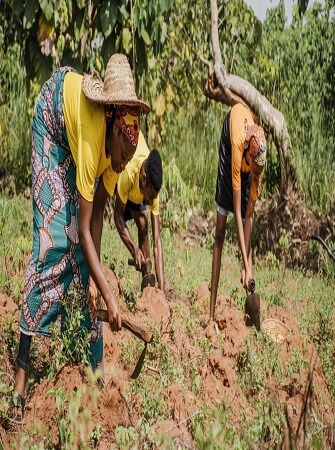
As cassava under subsistence agriculture is typically harvested piecemeal over a period of one year or more, storage of stakes until the next planting is logistically challenging As a result, many farmers do not save cassava stems for planting and frequently source cuttings from neighbours or in local markets; under such conditions, assuring the quality of planting material is practically impossible.
Effective systems for routine multiplication and distribution of disease-free planting material of improved varieties is essential for sustainable intensification. Among major cassava producers, Thailand has been the most successful in disseminating improved varieties to its cassava farmers. In 1994, the Thai Government established a special programme for the rapid multiplication and distribution of new varieties with high yield potential, high harvest index, high root starch content and early harvestability.
The programme involved the country’s Department of Agriculture and Kasetsart University’s Faculty of Agriculture, which supplied the basic planting material, and the Department of Agricultural Extension and the Thai Tapioca Development Institute, which multiplied and distributed it.
To increase the efficiency of cassava stem production, IITA and Nigeria’s National Root Crops Research Institute have developed a rapid multiplication technology, which involves cutting cassava stems into stakes with 2 or 3 nodes, rather than the usual 5 to 7. With efficient field management, cassava stems can be harvested twice a year, at 6 and 12 months after planting, yielding around 50 times more stems than were used for planting. A study in 2010 found that onethird of cassava farmers in Akwa Ibom State, Nigeria, were using the technology to multiply stems of improved varieties, which they sold to other farmers; their average earnings from sales were $750 a year.
The use of poor-quality planting material will remain one of the major causes of low cassava yields, especially in Latin America and Africa, for some time to come. In the absence of efficient systems of multiplication and distribution, farmers can help to improve the situation using some simple local practices:
1. Cut stems from vigorous plants which are 8 to 12 months old, show no symptoms of pests or diseases, are growing in fertile soil, and produce high root yields. The long, straight primary stems of late-branching varieties are the most suitable.
2. Store cut stems in an upright position in the shade, with the base of the stems resting on soil that has been loosened with a hoe and is watered regularly. Stems that have been stored for no more than 5 days before being cut into stakes will sprout more quickly.
3. Cut stems into stakes 20 cm long, each with 5 to 7 nodes, immediately prior to planting. The diameter of the stakes should be at least 3 cm, while the diameter of the pith should be less than half the diameter of the stem.
4. Before planting, soak the stakes for 5 to 10 minutes in hot water to kill pests or disease-causing organisms that might be present. Getting the right water temperature is also simple – mix equal amounts of boiling and cold water.
To ensure high yields, the stakes’ mother plants should have been adequately fertilized. Cassava plants grown in soil with low levels of nitrogen, phosphorus and potassium produce stakes that are also low in those nutrients, and are also low in starch, reducing sugars and total sugars. In turn, plants grown from stakes with a lower nutrient content have a lower rate of sprouting, produce fewer stems and have lower root yields.
Even within a uniformly fertilized field, some plants grow better and produce more roots than others. Farmers can increase the size of their next cassava harvest by cutting the stems to be used as planting material only from plants with high root yields. This simple practice will markedly increase production, especially when using traditional varieties that may be susceptible to pests and diseases.
Cassava Farming Water Management
The sole source of water for around 80% of the world’s farmland is rainfall. Rainfed crop production accounts for as much as 60% of global agricultural output and is the source of livelihoods and food security for millions of the world’s poorest farmers. Irrigated agriculture, with its higher cropping intensities and higher average yields, produces up to three times more from the same unit area of land.
Both rainfed and irrigated agriculture face major challenges. As competition for increasingly scarce water resources intensifies, irrigation is under growing pressure to produce “more crops from fewer drops” and to reduce its negative environmental impacts, including soil salinization and nitrate contamination of drinking water. Greater use of water-saving precision technologies, such as drip and micro-irrigation, will make an important contribution to sustainable intensification.
Climate change poses grave risks to rainfed agricultural production. Scenarios indicate a decline of some 30% or more in runoff from rainfall over large areas of sub-Saharan Africa, South Asia and Latin America by 2050. As water flows become more variable and uncertain, and the incidence of droughts and floods increases, crop yields are projected to decline in many developing countries.
Nevertheless, a comprehensive assessment of water management in agriculture has found that the greatest potential for yield increases is in rainfed areas. But realizing that potential will require implementation of key “Save and Grow” recommendations: the use of improved, drought-tolerant varieties, widespread adoption of conservation tillage, mulching and other soil improvement practices, the reversal of land degradation, and adding an irrigation component to rainfed cultivation through rainwater harvesting and supplemental irrigation.
Unlike most other food crops, cassava does not have a critical period during which adequate soil moisture is essential for flowering and seed production. It also has several defence mechanisms that help it to conserve water, and its roots can grow to great depths to access subsoil moisture reserves. As a result, cassava can withstand relatively prolonged periods of drought.
However, the crop is very sensitive to soil water deficit during the first three months after planting. Stakes will only sprout and grow well when the temperature is above 15°C and the soil moisture content is at least 30% of field capacity. Water stress at any time in that early period reduces significantly the growth of roots and shoots, which impairs subsequent development of the storage roots, even if the drought stress is alleviated later.
Once established, cassava can grow in very dry areas – such as northeast Brazil – that receive just 400 mm of average annual rainfall. In southern India, the crop’s water requirement is put at from 400 to 750 mm for a 300-day production cycle. But higher yields have been obtained with much higher levels of water supply. Research in Thailand found that maximum root yields were correlated with rainfall totalling about 1,700 mm during the 4th to 11th month after planting.
Cassava also responds well to irrigation. In trials in Nigeria, root yields increased sixfold when the quantity of water supplied by supplementary drip irrigation matched that of the season’s rainfall. However, cassava is also susceptible to excess water – if the soil becomes water-logged, sprouting and early growth is affected and yields fall.
Rainfed Cassava Production
In most parts of the world, cassava is almost exclusively a rainfed crop. Optimizing rainfed cassava production requires, therefore, careful attention to planting dates, the use of planting methods and planting positions that make the most of available soil moisture, and soil management practices that help to conserve water.
Cassava can be planted throughout the year if rainfall is evenly distributed, but not during periods of heavy rains or drought. In areas with only one rainy season per year, farmers usually plant as soon as the rains start – generally around April-May in the northern tropics and October-November in the southern tropics. A survey in Thailand in 1975 found that almost 50% of the cassava crop was planted in the period April to June
Once well-established, young plants will grow deeper roots as the topsoil begins to dry out with the arrival of the dry season. In Andhra Pradesh State, India, farmers plant cassava in well-watered nursery beds, before the onset of the 5-month rainy season, in order to induce sprouting and root development. When the rains start, the rooted stakes are transplanted to the field. If the early rains do not persist and some of the transplanted stakes die, they are replaced by newly sprouted stakes from the nursery beds. Using this approach, farmers can make optimum use of the short wet season without the need for irrigation.
In southern Nigeria, planting usually takes place between March and April, at the onset of the rainy season, although later planting – in June, at the peak of the rains, with harvesting 10 months later during the long dry season – produces higher profit margins11. Delaying planting beyond June in southern Nigeria can lead to drastic yield reductions, of up to 60%.
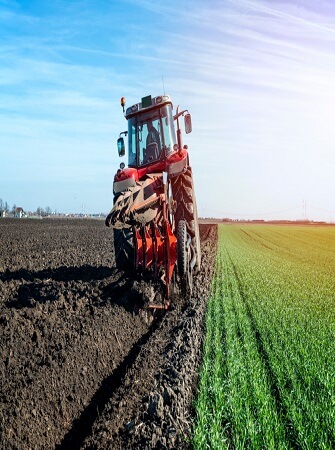
Planting early in the rainy season will generally produce the highest yields because the plants have adequate soil moisture during the most critical part of their growth cycle. However, research has shown that yields can vary according to the variety used, the soil type, the plant’s age at harvest, and the rainfall intensity and distribution during any particular year.
In Thailand, planting in June produced average root yields of almost 40 tonnes per hectare, compared to 27 tonnes when planting was in September, the month with the heaviest rainfall, and 22 tonnes in October, the beginning of the dry season.
Planting methods need to be tailored to soil moisture conditions under rainfed production. When the soil is not well drained and too wet owing to heavy rains, it is better to plant stakes on the top of ridges or mounds to keep the roots above the standing water. That will also reduce root rots. However, where cassava is planted during dry periods in Thailand, the rates of stake sprouting and plant survival are significantly higher when cassava stakes are planted on the flat, owing mainly to the slightly higher soil moisture content in the top 30 cm of soil.
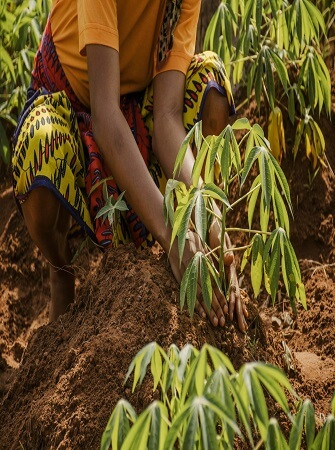
Similarly, stakes should be planted at a shallow depth, of 5 to 10 cm, in heavy and wet soils, but slightly deeper in light-textured and dry soils to avoid surface heat and lack of moisture. In Thailand, planting stakes vertically or inclined at a 45 degree angle produced significantly higher yields and root starch contents than horizontal planting.
The yield gap was even more pronounced when the stakes were planted early in the dry season and at shallow depths, because of hot, dry conditions close to the soil surface. With horizontal planting, sprouting was markedly delayed and the plant stand was reduced. If the first rains are intense, the risk of waterlogging is greatest in shallow soils, and also in poorly drained soils where the subsoil has been compacted by heavy machinery
Irrigated Cassava Production
When it is planted towards the end of the rainy season, or when the rainy season is very short, cassava benefits from supplemental irrigation during rainless periods. On land that is flat, or nearly flat, this can be done by flood or furrow irrigation, but on sloping land it may be more practical to use overhead sprinklers or a rotating water cannon.
Research in India found that during periods of drought, yields increased with increasing amounts of surface irrigation water applied. Full irrigation, at 100% of crop water requirements, doubled the root yield obtained without irrigation. It also increased slightly the starch content of roots and markedly reduced the hydrogen cyanide content.
More effective, in terms of water use efficiency, is drip irrigation which, by providing small and frequent water applications, saves water while maintaining soil moisture at a level that is highly favourable to crop growth (it also allows the farmer to water the cassava plants but not the weeds). In trials in the very dry zone of Tamil Nadu, India, drip irrigation of cassava produced about the same yields as those obtained with flood irrigation – around 60 tonnes per ha – using 50% less water. When the water applied through drip irrigation was equal to that used in flood irrigation, yields continued to increase substantially, to 67.3 tonnes.
Similar results were reported from experiments in south-western Nigeria. With 730 mm of effective rainfall during the growing season, rainfed cassava produced root yields of less than 5 tonnes per hectare. In plots under supplemental drip irrigation, yields rose sharply with increasing levels of water applied. At 100% of rainfall, drip irrigation produced yields of 28.1 tonnes, equal to total water use efficiency of 18.8 kg per ha per mm, compared to 6.2 kg without irrigation
Yield increases at lower application rates were also significant – supplemental irrigation that boosted the total water supply by 20% almost doubled root yields. With drip irrigation, researchers in Nigeria increased root yields from 4.6 to 28 tonnes.
For more cassava farming information and insights, check our our Cassava Farming resource center.
[Ed.Note: Article references: Food and Agriculture Organization (FAO); International Institute of Tropical Agriculture (IITA)]
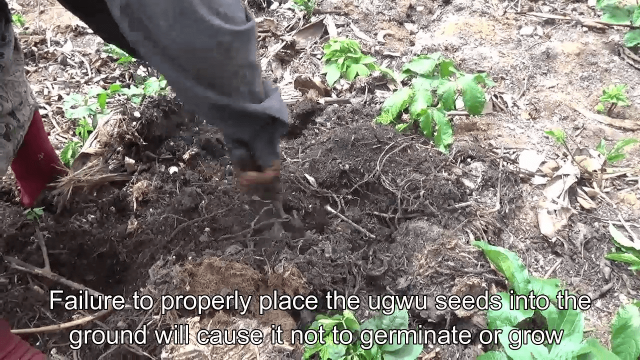
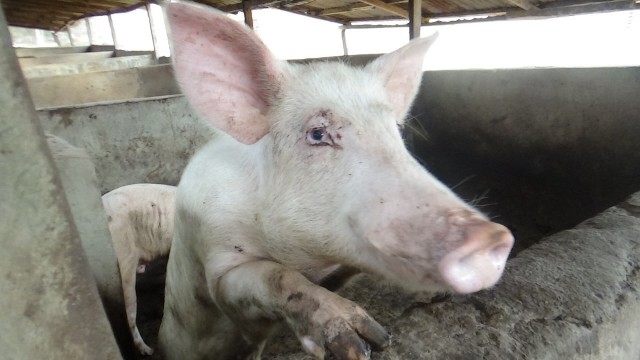
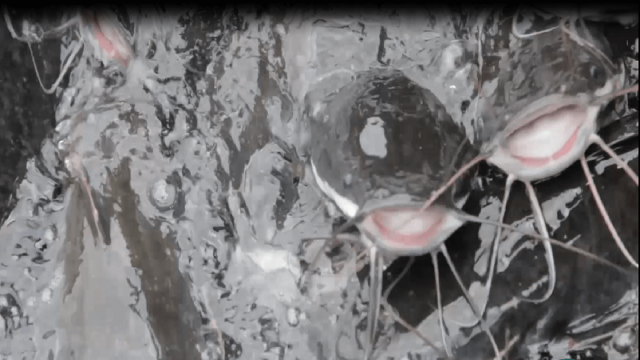
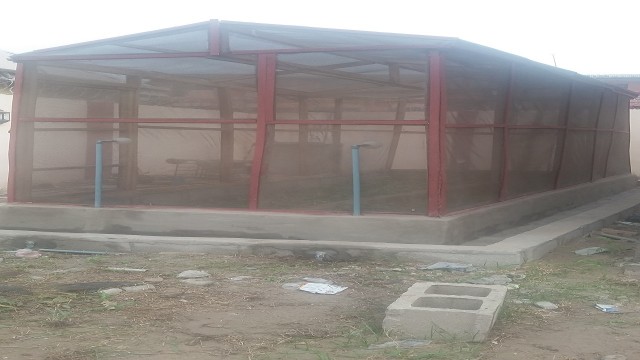


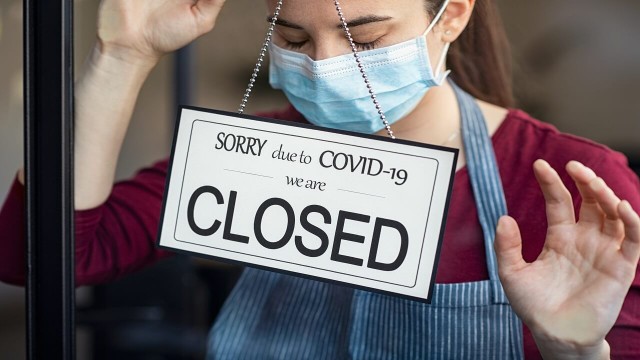
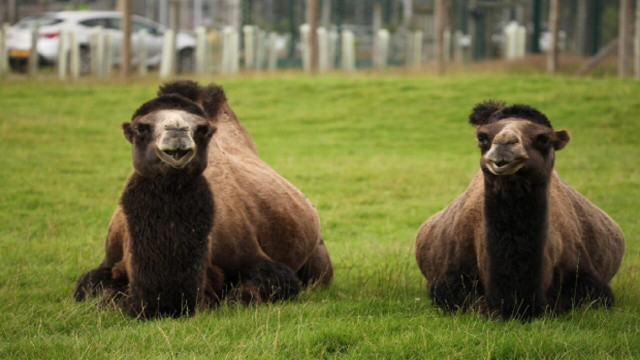
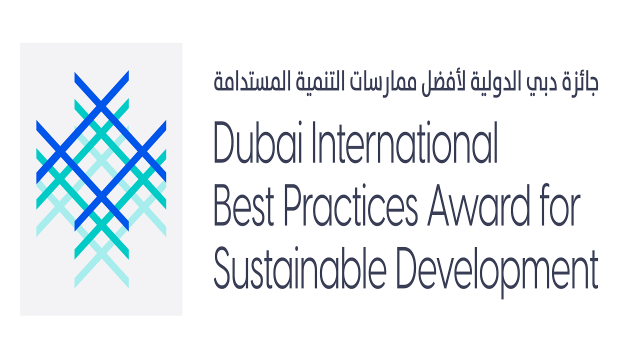



Share This Article: